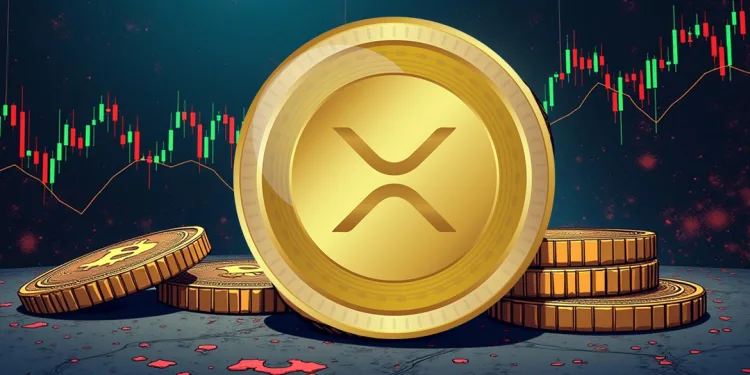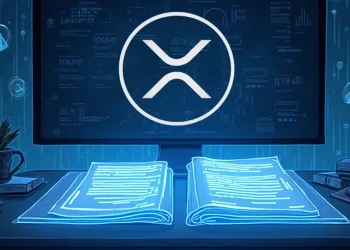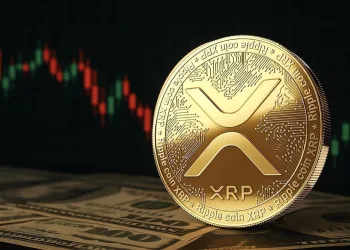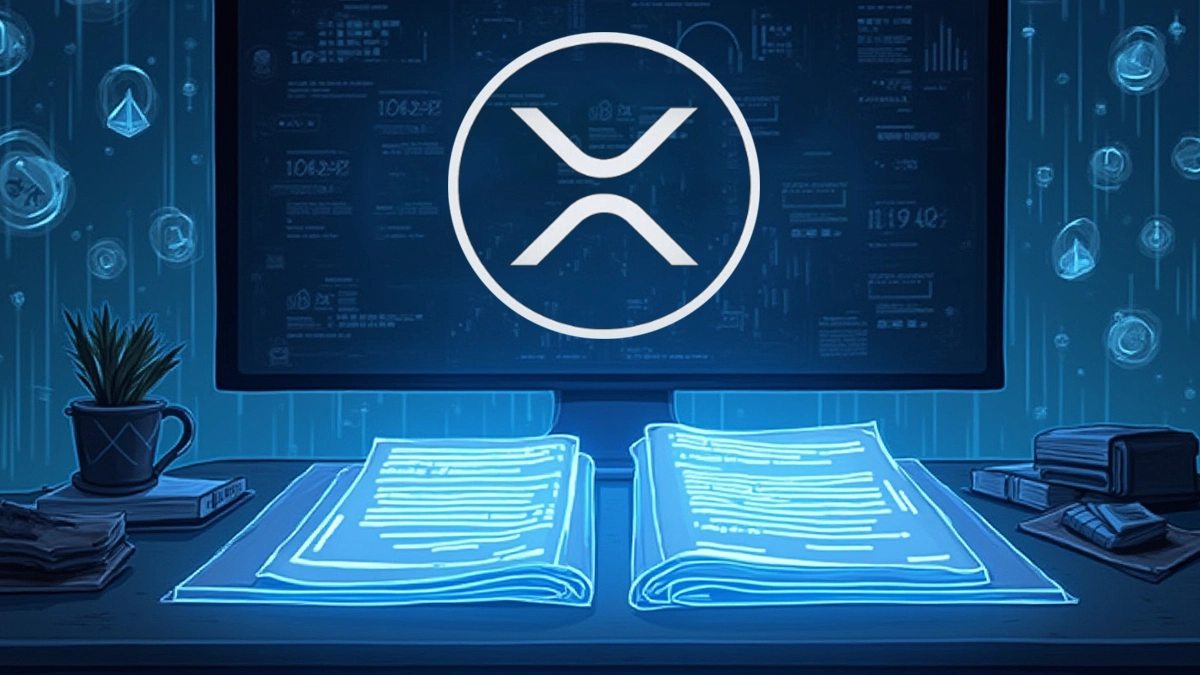- Ripple has not enabled on-ledger payments due to compliance risks involving prohibited entities on XRPL.
- The proposed feature to restrict wallet access is live but still pending validator approval.
- Ripple reports that compliance tools like permissioned domains could increase institutional use of XRPL for regulated payments.
Ripple has not yet enabled on-ledger transactions through the XRP Ledger (XRPL) for institutional payments. According to representative Vincent vancode, he cited compliance risks as the main obstacle, particularly the possibility of transacting with prohibited entities through the decentralized exchange (DEX). To address this, an amendment introducing “permissioned domains” has been developed. This feature will restrict participation to approved wallets only.
According to recent updates, the amendment is live but currently awaits validator voting. This concern has led the company to route payments directly to specific partners instead of processing them through XRPL.
The pending introduction of permissioned domains is expected to reduce this risk by defining which wallets can interact in certain transactions. Until validators vote, Ripple continues to operate its payments network off-ledger, ensuring that all transfers meet regulatory standards while still maintaining its broader use of XRP for liquidity.
Institutions Gradually Move On-Chain with Compliance Tools
Ripple has established more than 300 banking and financial partnerships. However, on-chain volume has not reached the scale some industry observers expected. Ripple representatives pointed out that many institutions have historically preferred using digital assets off-chain rather than on-chain.
They noted that institutions are gradually starting to see operational benefits from moving activity on-chain. This development is linked directly to the implementation of compliance-focused features like permissioned domains, which aim to reduce risk while supporting regulated financial transactions.
XRP Seen as Key Bridge in Multi-Chain, Multi-Stablecoin Market
Ripple’s team also addressed questions about XRP’s function compared to stablecoins. They explained that in a multi-stablecoin environment, a bridge asset such as XRP could remain necessary for connecting less liquid markets. Additionally, they highlighted that a single stablecoin is unlikely to dominate globally due to jurisdictional limits.
Regarding tokenization, Ripple argued that multiple chains will likely coexist. They compared the scenario to how Circle deploys USDC across various blockchains rather than building an exclusive platform. They further stated that interoperability would remain a critical factor, particularly for real-world assets managed by large financial institutions.
Permissioned domains may mark a key step for Ripple, enabling secure on-ledger payments, supporting institutional adoption, and positioning XRP as a vital bridge asset within a multi-chain and multi-stablecoin financial ecosystem.













